
How to explore Italy like a local
20/06/2025 · By Tim Hall
Expert Great Rail Journeys Tour Manager and blogger Tim Hall discusses how to explore Italy with his top tips and advice about food, drink and culture.
Read moreThe picturesque town of Montecatini was originally settled by the Romans, who built a castle here to maximise its advantageous position overlooking the valley. Much of the town soon grew around these fortifications. For a small, quiet town, Montecatini went through a relatively turbulent period in its history during the Middle Ages. At this time, the warring factions of nearby Florence and Siena were trying to gain control of the wider area, and saw Montecatini as a vital stronghold.
This came to a head in the late 15th century, when the previously impregnable fortress and a small part of the town were razed to the ground during one of the final power struggles. It was a short while after this that spa waters were discovered in the town. In 1530 Montecatini's very first baths opened, and before long people were proclaiming the spa waters' healing properties. In later years the town developed primarily as a spa town, and it expanded down the hillside as a result.
Exploring Montecatini
By the early years of the 20th century
Montecatini was regularly hosting many of Italy's most rich
and famous people, and since that time it has been the country's
largest spa town. Today Montecatini has a number of attractions
that reward exploration. These include Montecatini Alto, the oldest
part of the town at the top of the hill. There are many delightful
buildings dotted along the narrow streets here, together with a
choice of pretty pavement cafés and a charming church. Montecatini
Alto is connected with the lower part of the town by a funicular
railway, which runs late into the evening and offers wonderful
views over the valley. Of course another major attraction of
Montecatini is its famous spas. These include Terme Leopoldine,
which is in the style of a classical temple, the Terme Tettucio
with its marble-lined pools, fountains and Art Nouveau tiles, and
Terme Tamerici, which has beautifully tended gardens.
Find out more with a free brochure and enjoy weekly travel inspiration and offers in our e-newsletter.
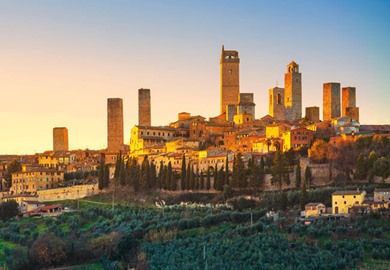
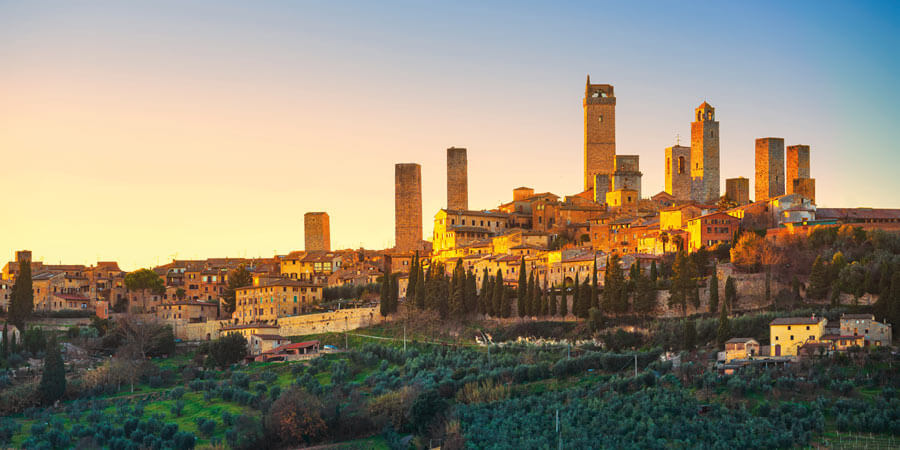
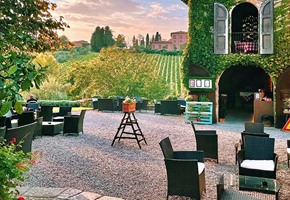
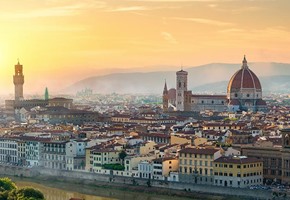
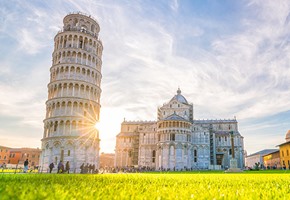
 (277 reviews)
(277 reviews)Savour the glorious colours, aromas and flavours of Tuscany on a holiday highlighting the true beauty of this beloved region. Discover the great Renaissance city of Florence, visit a historic family estate for a tour and dinner, and marvel at the iconic monuments of Pisa, including the Leaning Tower. Explore the stunning sights of Siena,...
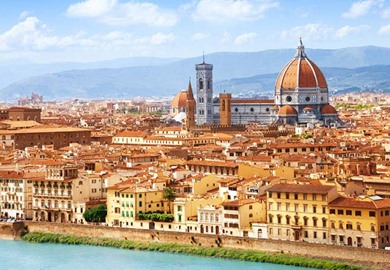
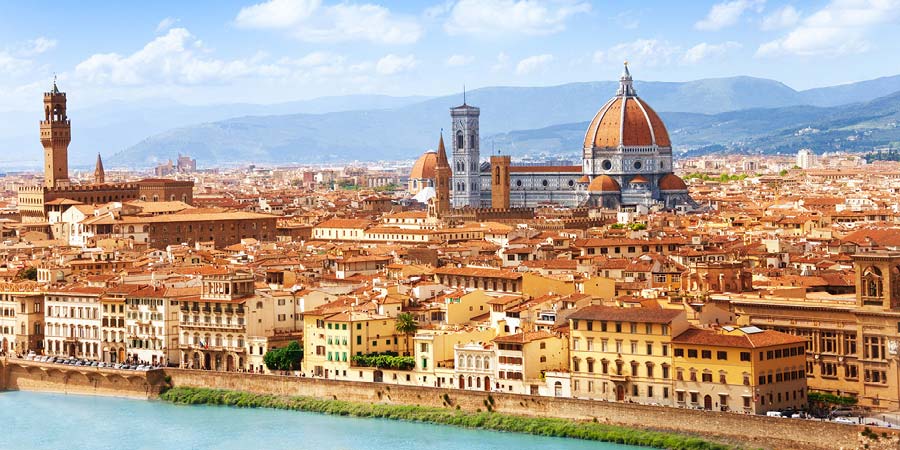
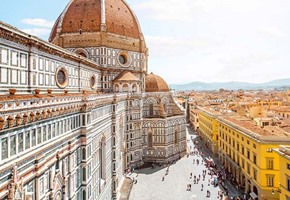
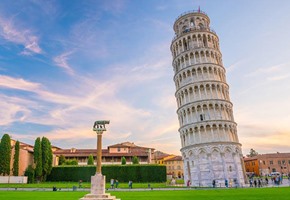
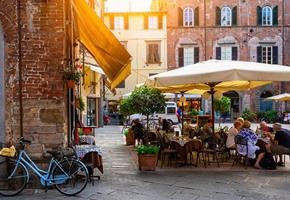
Enjoy a holiday that captures the essence of Tuscany, travelling to and from the Tuscan spa town of Montecatini Terme by rail. This UNESCO World Heritage site is an ideal base for exploring this scenic and cultural region. From the grand Renaissance art and architecture of Florence to the fantastic shell-shaped Piazza del Campo and medieval...
